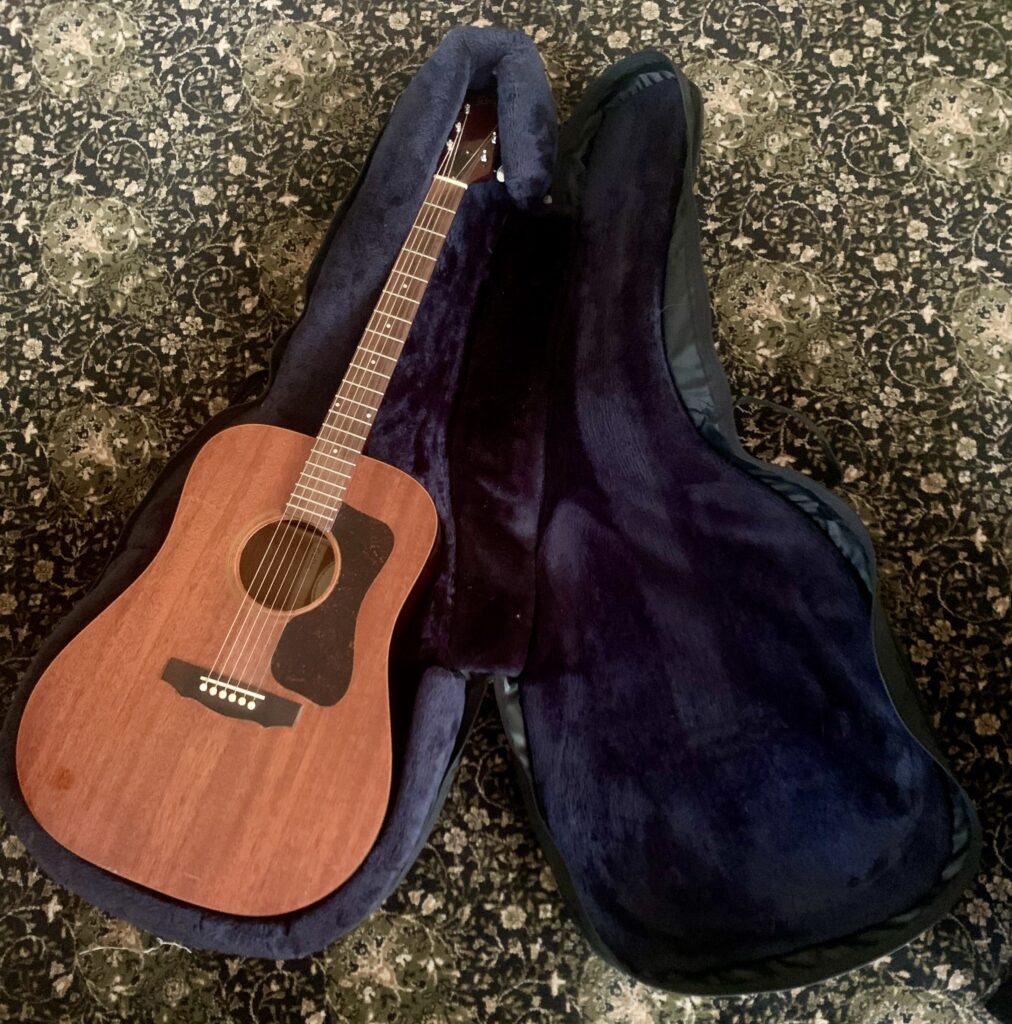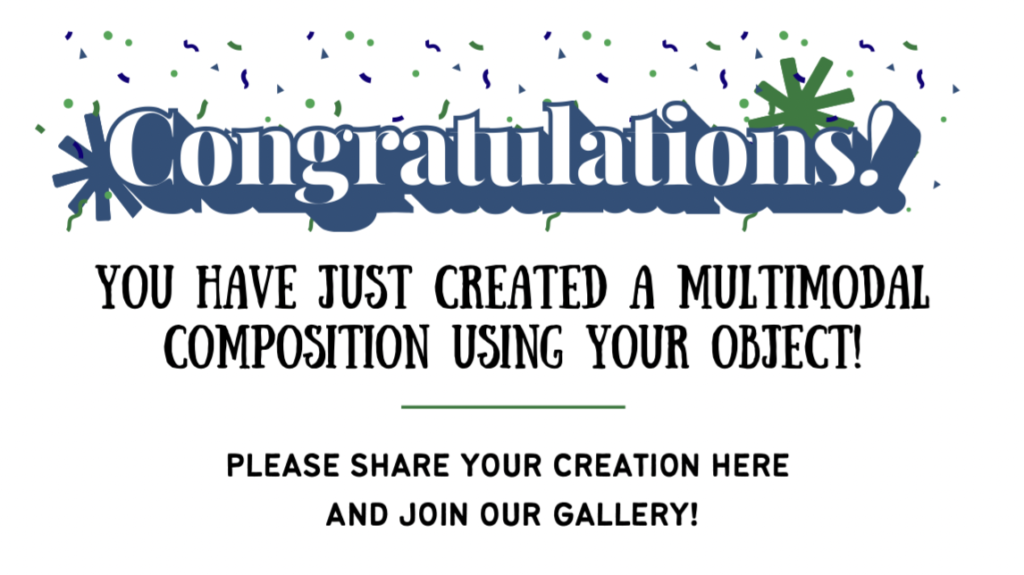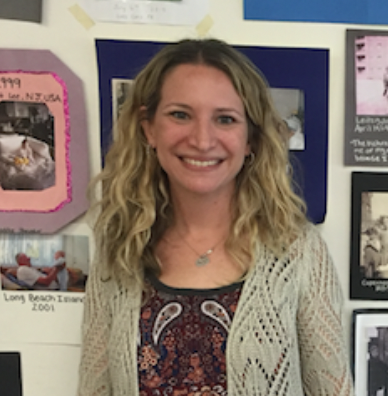Artifactual Literacies Module
Welcome to the Drew Writing Project/NEH Grant “Building a More Perfect Union” workshop series on Artifactual and Historical Literacies!
This Module will introduce you to the exciting, emergent field of artifactual literacies, which includes understanding how:
- Objects evoke memories and stories.
- Objects provide rich connections to daily life as well as to intellectual practice.
- Objects invite humans to better understand each other, themselves, and the world around them.
- Objects provide a relatable way into difficult concepts, topics, and texts.
Prior to getting settled, please be prepared with the following:
- A handwritten journal or a downloaded copy of this organizer.
- Look around you. Find an object that has meaning and bring it to your workspace.
Did you describe it? Tell a story about it? Then you just embarked on your first exploration into artifactual literacies! But, what are artifactual literacies exactly? Why are they important? And how can they enhance our classroom instruction?
Please watch this short video to find out!
Building our visual literacy skills.
We’ll begin this next part of the Module by listening to Carol Jago, self-proclaimed and esteemed “Reader, Teacher, Writer and Speaker,” discuss the value of using visuals to strengthen what she calls students’ “literacy muscles.”
Carol Jago Video
Now, it’s time to spend some time “just seeing” and exercising our own visual literacy skills! Please look at the image closely and respond to the subsequent prompts.
- What do you see?
- What do you wonder?
- What do you connect with?
After you’ve closely examined the image, please read the poem, Artifact, by Janet Wong, and subsequently take a few minutes to respond to it.
Artifact by Janet Wong (Text)
Artifact by Janet Wong
I pin my poem “Let’s Pledge Between Us”
to a bulletin board downtown.
kindness has been on my mind.
meanness has become too much
the norm for these times.
Five or six kids come up around me.
a girl bumps me. I step back, away.
Then a boy reaches out
and touches the poem,
actually puts his finger on the white space,
and in this instant, my poem has become
a tool – scissors, tape measure, duct tape, glue –
something to separate us and yet
to define us,
to hold us together.
Use the prompts to help unpack the poem:
- What do you notice in the poem?
- What is the poem about?
- What words or phrases stand out to you?

Was the object one of the initial ones you saw, or did you zoom in on another object in light of the poem? Did particular words or images in the poem strike you upon unpacking the image? How did the superimposed texts elevate your understanding of, or connection to, the meaning of each?

Examining your personal artifact.
Now you’re going to look at your object and see where they might lead you. Go back to the personal object that you brought to your workspace and about which you’ve written.
Use these Question to Interrogate Your Object (Please Click on the Accordions Below):
Material
- What are the material aspects of this object?
- How was is made?
- How is/was it used?
- What does it look like, feel like, sound like, smell like?
Group (Contextual)
- How is the object situated in the world?
- What is it?
- What purpose or idea does it serve?
- How does the object connect to different groups, societies, and/or humans?
Individual (Personal)
- What does this object mean to you?
- How does it mobilize emotions, memories, and thoughts?
- How does the object shape or represent you?
- How will it be passed down?
Hopefully, this series of inquiries have invited you to uncover more of the meaning of this object. That interrogation process and its subsequent discoveries is the work of artifactual literacies!
Now let’s see it in action in the classroom!
Please watch both of these videos.
Student samples.
Untitled, 12th Grade
Object and meaning-making: Putting it together.
Return to your object.
Re-read what you’ve written about your object, from your initial reflection at the onset of the Module, to the deeper observations later on, in it.
Circle or underline a word or phrase that gets at the core of the meaning of this object to you.
Important: Now, take a picture of this object in a way that shows the meaning you have identified.
Please fill out this form once you have completed the module. PD certificates are available.
Module by Heather Lutz








